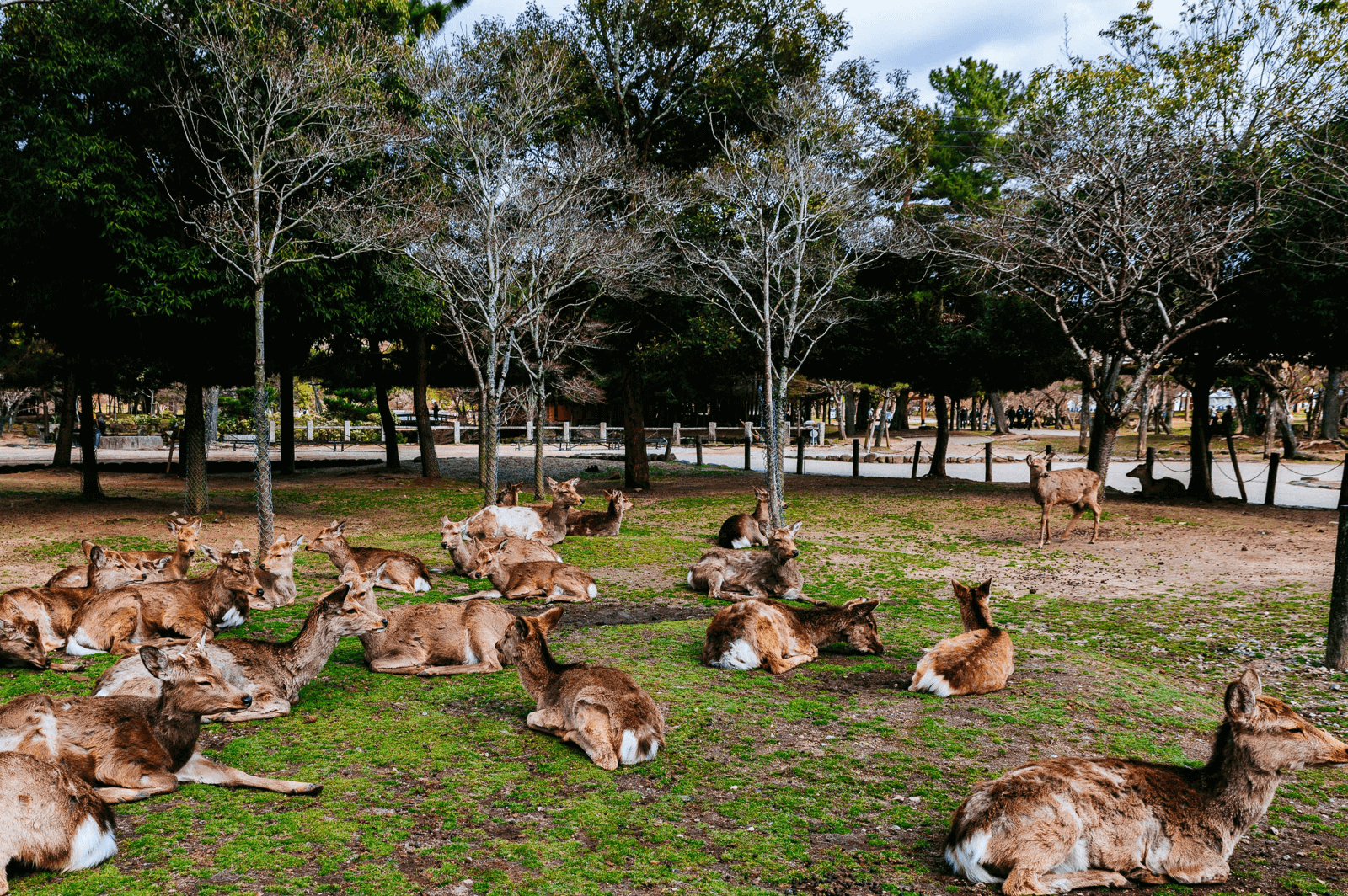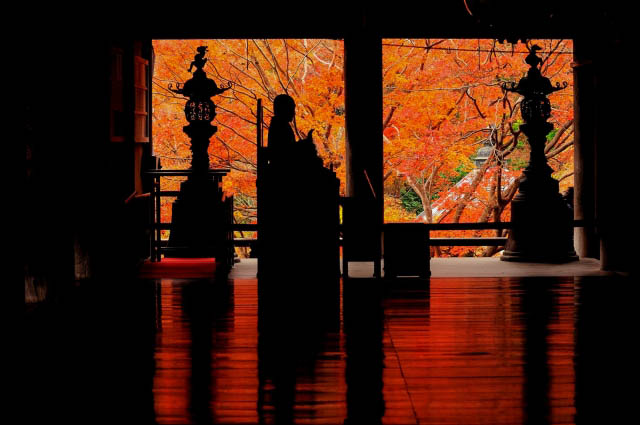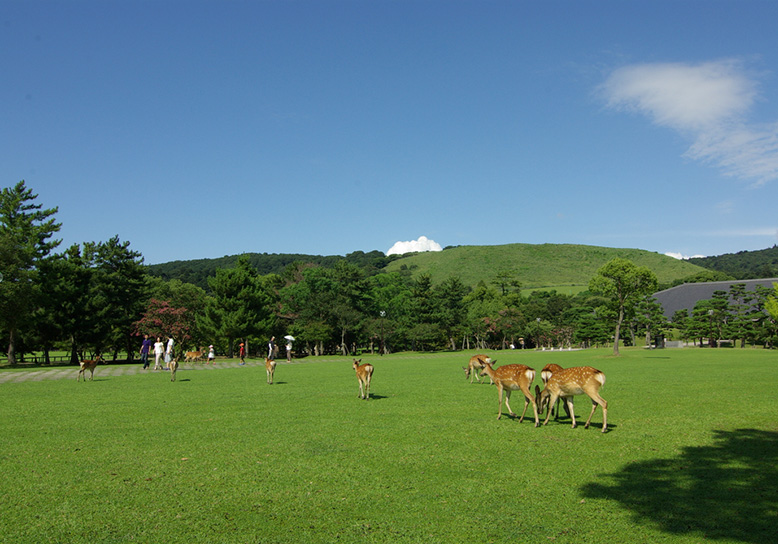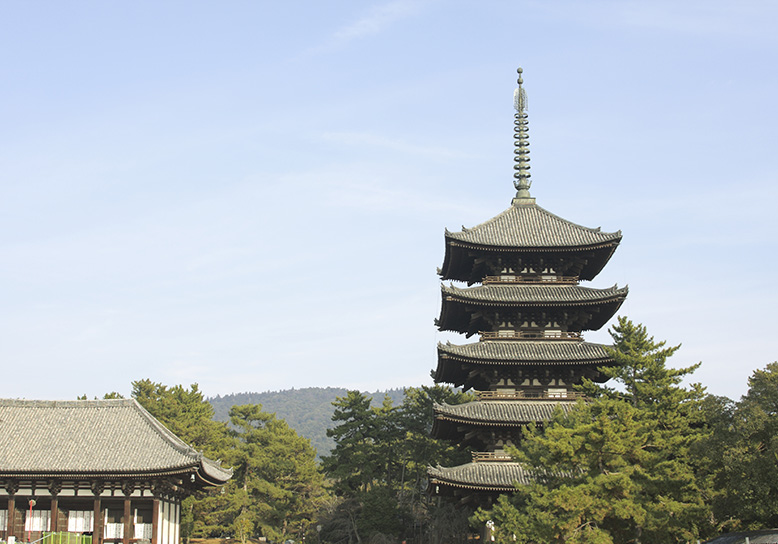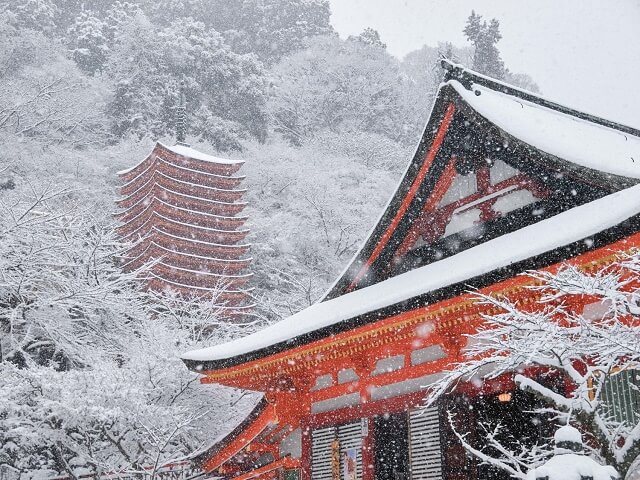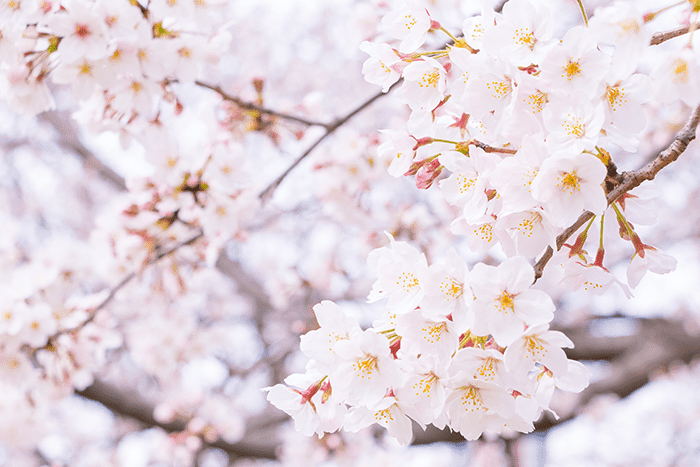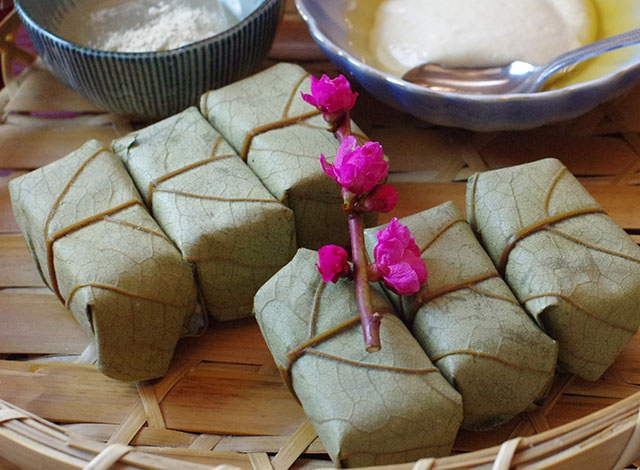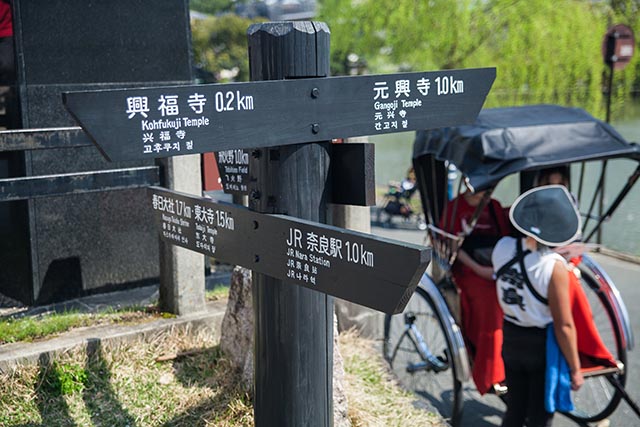

Areas

What is Nara?
With a reputation almost as stellar as that of Kyoto, Nara is a must-visit for those searching for the remains of "traditional Japan." The largely green Nara city holds the majority of the prefecture’s treasures, such as the iconic Todai-ji Temple, in which a 15-meter tall Great Buddha sits, and Nara Park, where deer flock to befriend passersby. While mountains are by no means hard to come by in this area, for hiking with a reward, head to the Kii Mountains’ Yoshino district in spring, when the hillsides put on an impressive display of white and pink cherry blossoms.
Spot Ranking
View more
Itineraries
-
- A walking and eating plan in Nara and classic spots
![A walking and eating plan in Nara and classic spots]()
- 1days
- This introduces a one day plan beginning from Nara Station, and tours around Todaiji Temple. It is recommended to people who are visiting Nara for the first time. The plan allows you to relax and enjoy the shopping streets while dropping in and trying a variety of foods, as well as includes sightseeing of Nara’s famous “Great Buddha” and “deer”.
-
- Walk around Kitamachi and Naramachi in Nara
![Walk around Kitamachi and Naramachi in Nara]()
- 1days
- In the city of Nara you should visit two main areas: Kitamachi, on the north side of Kintestsu Nara Station and Naramachi, close to Nara Park. Start a walking tour of these two areas from Kasuga Taisha Shrine, explore classic and modern sightseeing spots, and enjoy the unique cuisine.
-
- Japan updated Late November
![Japan updated Late November]()
- 12days
- Create your own itinerary
Travel Guide
View moreBest Events
Nara Overviews
Climate
What to Wear
- Jan
-

- Warm Cloth
- Feb
-

- Warm Cloth
- Mar
-

- Warm Cloth
- Apr
-

- Jacket
- May
-

- Long
- Jun
-

- Long
- Jul
-

- Short
- Aug
-

- Short
- Sep
-

- Long
- Oct
-

- Long
- Nov
-

- Jacket
- Dec
-

- Warm Cloth
Getting Around
Just 33 kilometers east of Osaka and 38 kilometers south of Kyoto, Nara Station is an easy 50-minute train ride on the JR Osaka Loop Line and 46 minutes on the Nara Line from Kyoto. Hiking in Yoshino is best done as a day trip from Kyoto for 2,550 yen round trip: Take the Kintetsu Limited Express, change at Kashiharajingu-Mae Station and disembark at Yoshino Station, where you can enter the Shimo Senbon (lower area) of Mount Yoshino.
